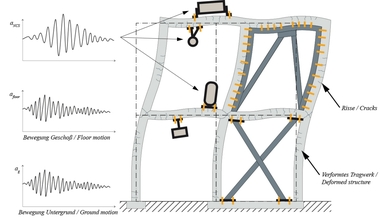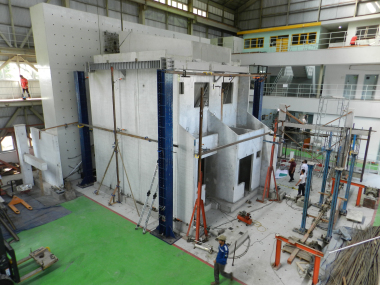New approaches to seismic design and implications for precast concrete structures
The April 2005 version of DIN 4149 continues to be the officially applicable German standard for load assumptions and the design and execution of buildings for earthquake resistance. Although the Eurocodes with their respective National Annexes were implemented in Germany, the National Annex to DIN EN 1998-1 prepared in 2011 was not adopted by the German building authorities. In October 2018, DIN published a completely revised draft National Annex (yellow print). It contains a number of new additions, including
new seismic hazard maps for Germany for the 475, 975 and 2,475-year return periods
an extended map of the geological subsoil classes
revised tables of the parameters of the response spectra depending on the geotechnical and geological soil classes as well as on the magnitude of the occurring accelerations
guidance and rules for applying non-linear static methods, particularly with reference to the capacity spectrum method and the so-called pushover analysis
a separate appendix for “Simplified design rules for simple buildings” and
improved and extended tables for “simple masonry structures” for which explicit design checks may be omitted.
Instead of the so-called maximum “effective” ground acceleration, the new seismic hazard maps directly indicate the maximum expected acceleration in the plateau region of the linear elastic response spectrum. For prefabricated buildings, the new standard contains many options for design checks, which the conference presentation will highlight. In response to the public discussion of objections to the new draft National Annex, it has been revised again and will be re-submitted for discussion in early 2020.






